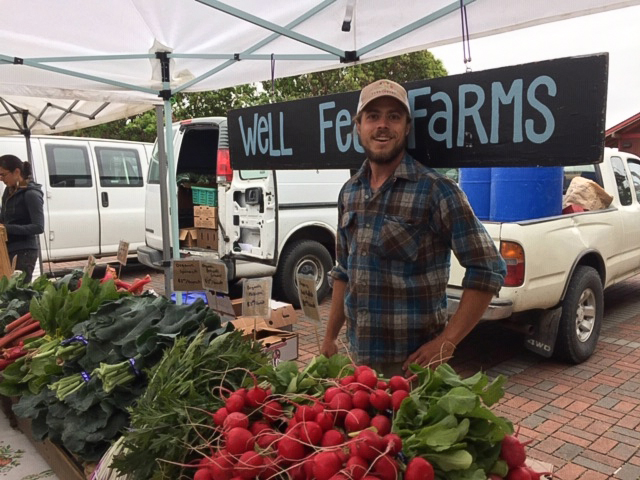WSU Extension, farmers help feed families
Program was funded by USDA grant; locals could order food weekly
Food access specialist Diane Smith said she looks to continue partnering with farmers in the future.
November 6, 2018
WSU Extension partnered local farmers with small retailers to help families eat more nutritious meals through a food box program.
Diane Smith, a food access specialist with WSU’s Skagit County Extension, said the Farm Fresh Food Box (F3B) project was started through a U.S. Department of Agriculture grant. The three-year USDA Agriculture and Food Research Initiative grant totaled $494,110.
“The goal was to increase the availability of local fresh fruits and vegetables in areas that do not have a full supermarket,” Smith said.
Rural residents had the option to order weekly boxes of freshly harvested produce delivered by local farms in partnership with small retailers such as convenience stores who sell mostly snacks, she said.
The final grant year for this project just ended and extension officers are currently conducting surveys to understand how each of the groups involved feel about the boxes, Smith said.
“We are doing customer, farmer and retailer surveys to understand how easy or difficult this model was,” she said.
F3B is a multistate research and extension effort led by researchers at University of Vermont, with partners at University of California Cooperative Extension and The Evergreen State College. In addition to testing in Washington’s Skagit County, the same program ran in California and Vermont.
The boxes ranged from $12 to $20 and came in different sizes to accommodate the number of family members. The retailers would post a list of the produce available in each box and residents could order and pick it up the following week.
In Washington, there were three farms participating that partnered with a bakery, grocer and taqueria.
The boxes included tomatoes, leafy greens like cilantro and parsley and a variety of zucchini, cucumbers, radishes, turnips and some lesser-known vegetables.
One unusual item was kohlrabi, which has similarities to a cabbage, Smith said.
“A lot of the customers originally said ‘I have no idea what that is or how to use it,’ so we provided them with recipes and meal ideas,” she said.
On average this past year, they sold approximately eight boxes per location per week, Smith said.
During the grant, farmers received the boxes the food came in for free, she said. Even though the grant has ended, some of the farmers have shown interest in continuing the program without it.
“The feedback from this project has been very positive as customers like the idea of having a cost-effective way to eat fresh produce,” Smith said.









